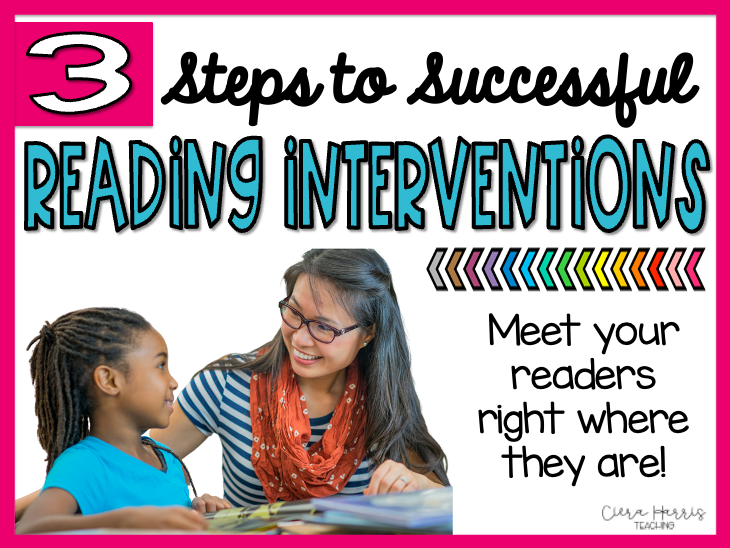Teaching reading is a delicate procedure. It’s definitely not a one size fits all routine. There are intricate pieces that must be in place (lesson plans) for students to have success. In my years in the classroom teaching reading comprehension, I have found that there’s one key factor that can make or break this process. And that’s modeling. Strategic modeling in the classroom, specifically for reading lessons, is vital! Students don’t come to us with the natural ability to think. This is something we need to teach them. They need to see and hear what’s going on inside of our brains when we are reading so they can train their brains to mimic this. Here are some tips for perfecting your comprehension think aloud in your classroom!

Want to watch the video instead? Check it out below! Make sure to subscribe to get updates on all new content!
What is a Think Aloud?
A think aloud is an intentional and obvious effort to show students specific reading actions and skills. Think alouds are very short (1-2 minutes) to help showcase mental thoughts and questions occurring while reading. Basically, it’s a verbal walk through of the thought process.
Why do we Need Think Alouds for Teaching Comprehension?
Thinking isn’t a skill you’re born with. Students need to see inside of a brain to understand what thinking truly looks, sounds, and feels like. They helps students apply different skills and strategies when they read independently and help support metacognition. They show that a give and take relationship between the author and the reader are necessary.
Benefits of Using Think Alouds:
Think alouds can be very purposeful and pinpointed to students’ needs. They help build independence. Think alouds also match the demands for more rigor in today’s schools. Finally, they also support verbal and written skills as well as helps to differentiate for all learners.
Tips for Implementing Effective Think Alouds:
- Always plan your think alouds
- Have one focal point and rationale
- State the objective when you get started
- Read the books yourself first! Find spots where you’ll be modeling
- When you find a stopping point, think about the effectiveness of the text. Will the students be gaining something from your think aloud here? What strategy will you be showcasing?
- It’s the readers job to notice the text so when we plan our modeling, we need to look for areas in which we want to train our readers to notice
- Don’t heave to use the entire picture book every time. Shorter texts and excerpts work just fine!
- Don’t stop at the minute details, we want our readers to hear big impacts from the text
- Think alouds are more powerful when you use them to model reading strategies, not skills
- Take this time to ask yourself questions outloud so students hear them (you answer them, they don’t)
- You are putting yourself into your students’ shoes What would their brains do? They should hear this!
- 10-12 stopping points in a picture book
- Know what to say before hand
- Have a clear transition between reading and thinking aloud
- Purposefuly get things wrong to show students how to fix them
- Use sentence starters for specific skills/strategies. This will help train students to also use this language.
- Think alouds can transition into think ‘alongs’. Evantually you can let students help
- Stop and jots are a great strategy for this!
As you can see, think alouds for teaching comprehension are important. Students need time to listen to you THINK! Perfecting your think aloud is one of the best instructional practices you can improve in your classroom!
Want to save this post for later? Pin the image below!






